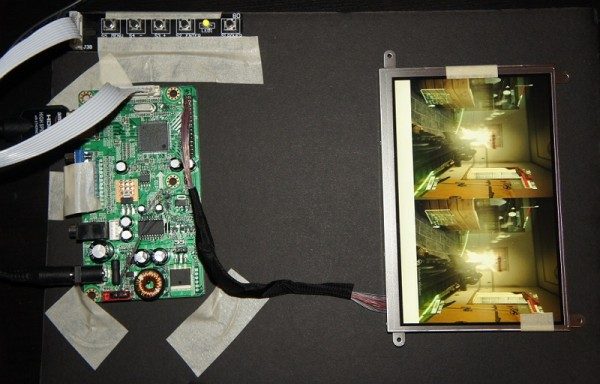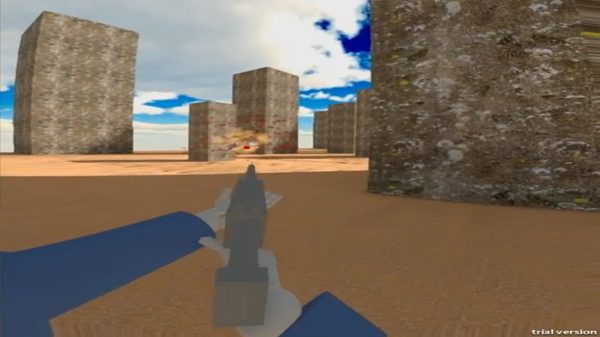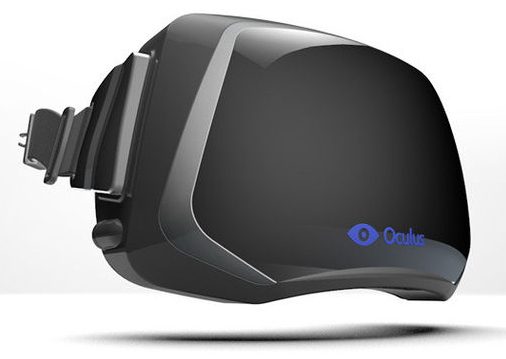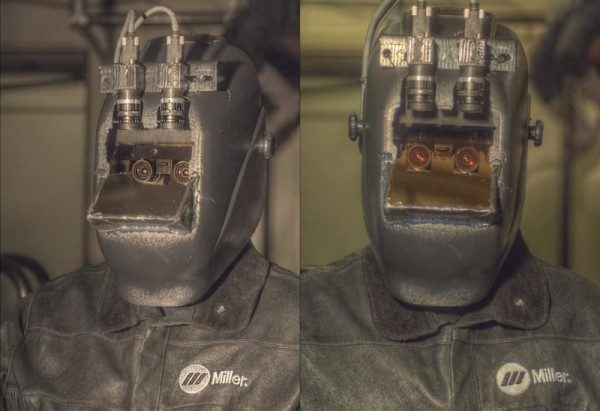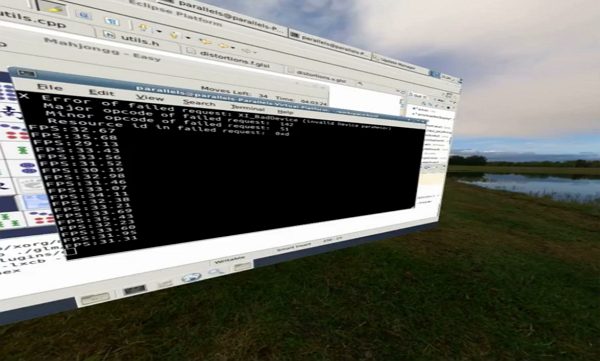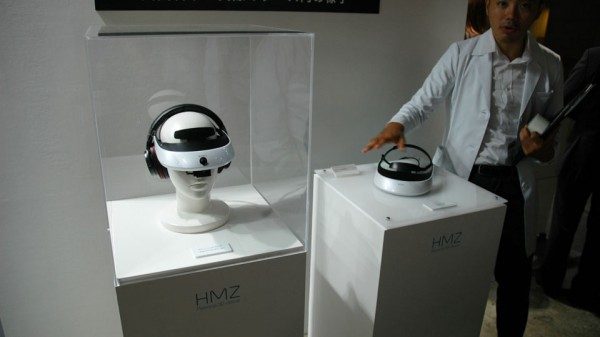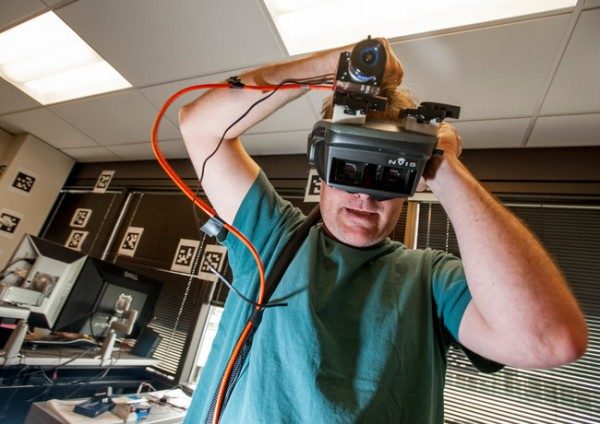WizDish Could Be the First Virtual Reality Locomotion Device Suitable for Your Living Room
After head mounted displays, one of the obvious next steps for virtual reality immersion is to find a way to physically walk around a VR environment without walking into objects in the real world. A myriad of solutions (falling under the category of ‘locomotion device’ ) have been put forth. Take, for instance, omni-directional treadmills (ODT); the majority of which are big, expensive, and impractical for home use. The first person to crack the code — to create an affordable and reasonably sized device for VR locomotion — could revolutionize how and where people experience virtual reality. I recently spoke with Julian Williams, the creator of WizDish, whose product might be the first VR locomotion device to find its way into your living room.



